
This 30-Second Chair Test Reveals if Your Legs Are Aging Faster Than You Think
This 30-Second Chair Test Reveals if Your Legs Are Aging Faster Than You Think
Are your legs truly as strong as they should be? What if I told you that a simple test — one you can perform in your living room in around 30 seconds — could reveal early warning signs of significant muscle loss and might even predict your level of independence five or ten years down the road? That test is often referred to as the “Chair Test,” and though it may sound trivial, it has surprisingly powerful diagnostic value for detecting Sarcopenia — the age-related decline in muscle mass and strength that affects roughly one in three people after the age of 60. Sarcopenia isn’t just about having less muscle; it’s a gateway to falls, loss of independence, and frailty. The problem is, we often don’t detect it until it becomes a crisis — just like checking your car’s brakes only after they’ve failed. This article will guide you through how to perform the test, how to interpret your result, and what steps you can take to stop or even reverse the process.

Key Takeaways
-
The Chair Test: A validated, simple 30-second exercise involving five full stand-up and sit-down repetitions from a standard chair can effectively measure lower body strength and help screen for sarcopenia.
-
Know Your Score: If it takes you more than 15 seconds to finish the five repetitions, it’s a clear signal of significant muscle weakness. Completing it in under 12 seconds is considered a good outcome.
-
Action is Power: If your score is high (i.e., slow time), a targeted 8-week plan that includes progressive exercises such as supported squats, walking, and balance drills can dramatically rebuild strength and function.
-
Fuel is Essential: Exercise alone isn’t enough. You also need adequate protein — at least 1.0 to 1.2 g of protein per kilogram of body weight per day — so that your body has the “building blocks” to rebuild muscle.
-
Listen to Your Body: While the test is safe for most people, if you experience sharp pain, major balance loss, or cannot stand without using your arms, those are red flags and you should stop and consult a physician.
1. What is Sarcopenia and Why Should You Care?
Sarcopenia may sound like a technical medical term, but its meaning is simple and profound: it is the gradual loss of muscle tissue and strength that occurs with aging. Think of it as the skeletal-muscle equivalent of osteoporosis. While it is a natural part of aging, when it progresses aggressively it can have devastating consequences. This is not merely about not being able to open a tight jar lid. The muscles most affected are the large ones in your legs and core — the very muscles responsible for mobility. Walking, climbing stairs, getting out of a chair, or even pushing yourself up from the toilet all depend on their power. When these muscles weaken, your risk of falling—and suffering a fracture or hospitalization—increases dramatically. Studies show sarcopenia is strongly linked with all-cause mortality and loss of independence. For example, a Chinese cohort study found that “possible sarcopenia” (defined using hand-grip or the 5-time chair-stand test) was associated with a 77 % increased risk of all-cause mortality (hazard ratio 1.77) over nine years. PubMed
2. The 30-Second Chair Test: Your Personal Strength Assessment
Before you jump into the test, it’s important to understand the correct technique so you get an accurate and safe result. This isn’t a competition or a heroic performance; it is simply gathering valuable information about your body. You’ll need just three things: a sturdy chair without arm-rests, a stopwatch (your phone works fine), and about 30 seconds of your time. The ideal chair is a standard height (around 45 cm or 17-18 inches) so that when you sit your knees are at roughly a 90-degree angle. Ensure the chair is stable and won’t slide or tip.
3. How to Perform the Chair Test Correctly
Follow these steps precisely to ensure your result is meaningful:
-
Starting Position: Sit in the middle of the chair, not leaning back against the backrest. Feet flat on the floor, about shoulder-width apart. Cross your arms over your chest (hands on opposite shoulders) to prevent using your arms or the chair to push up.
-
The Movement: When you begin the stopwatch, stand up fully until your hips and knees are fully extended. Then immediately start to sit back down in a controlled manner — do not drop back into the chair; descend slowly until you are fully seated again. That completes one repetition.
-
The Goal: Your task is to complete five full repetitions as quickly as you can while maintaining good form. Keep your back straight, do not use momentum, and avoid leaning forward too far or pushing with your arms.
-
Timing: Start the stopwatch when you initiate the first stand-up, and stop it the moment you are seated after the fifth stand-up.
-
Safety Note: If you have concerns about balance, do the test near a wall or a sturdy piece of furniture you can touch for support if needed.
4. Interpreting Your Results: What Your Time Really Means
Thus you’ve finished the test — now, what does your time tell you about your muscle health? This scoring system has been used and validated across thousands of people and reveals a clear picture of your functional strength.
-
Less than 12 seconds: Congratulations! Regardless of your age (especially if you’re over 60), this indicates your lower-body strength is in a healthy range — you’re likely well positioned for mobility and independence.
-
Between 12 and 15 seconds: This is the “attention zone.” Your strength isn’t critically low yet, but it is a warning sign. It’s a perfect time to act proactively with the exercise plan below before weakness progresses.
-
More than 15 seconds: This is a clear indicator you have lost significant muscle strength and power. At this stage, this isn’t merely prevention — it’s active intervention time. You need to take steps now.
-
Unable to complete five reps, or required using your hands: If you couldn’t complete all five repetitions without using your hands, your score is automatically considered to fall in the “more than 15 seconds” category. This signals a significant level of weakness that needs to be addressed.
Please note: while these are helpful benchmarks, research shows that optimal cut-off values vary by region, population and age. For example, a study among older Chinese community-dwelling adults identified an optimal 5-time chair-stand cut-off of 10.9 seconds to assess sarcopenia risk. PubMed Another Japanese study using the 30-second chair-stand test found that 15 stands for women and 17 for men were the optimal thresholds for screening sarcopenia in that cohort. BioMed Central
If your result was over 15 seconds — don’t be discouraged. This is not a failure — it’s powerful information. Let me tell you a quick example: At 68, a patient we’ll call “Carmen” came to clinic because she was increasingly breathless when climbing stairs and was afraid to go out alone. She chalked it up to “just getting older.” Her chair test time measured 18 seconds. After three months of specific exercises (which I’ll share shortly), on retesting she improved to 13 seconds. But the number itself isn’t the whole story — the important part is she regained confidence, started going out again unaided, and reclaimed mobility she thought was lost. That’s the real-world change that happens when your legs get stronger.
5. The 8-Week Action Plan to Rebuild Your Strength
If your time was high (i.e., slow) — this is your roadmap back to strength. This isn’t about becoming an elite athlete — it’s about reclaiming your independence. This 8-week protocol is broken into three clear phases: remember to listen to your body, and schedule one full rest day each week.
Phase 1: Activation (Weeks 1-2)
Your goal here is to gently wake up the muscles you’ll rely on. Start slowly and carefully.
-
Supported Chair Squats: Same motion as the test, but lightly touch a table or countertop for support (this isn’t cheating, it’s smart progression). Do 8 repetitions, rest 1 minute, repeat for 3 sets.
-
Extra Walking: Add an extra 15 minutes of brisk walking to your day — you can break it into three 5-minute walks if needed.
-
Use the Stairs: If your home has stairs, safely and slowly go up and down them twice a day (one flight is sufficient).
Phase 2: Progression (Weeks 3-4)
Now we increase the challenge by removing support and adding balance work.
-
Unsupported Squats: Try to perform your chair squats without touching support. If you still cannot safely do this, stay in Phase 1 for another week — progress steadily.
-
Mini-Squats: Stand in front of your chair and bend your knees as if you are about to sit, but only go halfway down (don’t touch the chair). Then stand back up. Do 15 in a row.
-
Balance Practice: Stand near a wall, lift one foot off the ground and try to balance on the other for 30 seconds. Then switch legs. Use the wall for support as needed.
Phase 3: Strengthening (Weeks 5-8)
In this phase you solidify your gains and add resistance.
-
Weighted Squats: Perform full chair-squats while holding a small weight in each hand (e.g., a water bottle or canned food). The specific weight is less important than maintaining perfect technique.
-
Lunges: Stand with feet together. Take a large step forward with one leg, bend both knees to roughly 90 degrees (back knee hovering just above floor) then push off the front foot to return to start. Alternate legs. Use a wall for balance if needed.
-
Weekly Testing: Repeat the chair test once a week — not to stress over the number, but to see your progress and keep yourself motivated.
Evidence shows that exercises such as repeated chair-stands can improve muscle strength and reduce sarcopenia rates. For example, a rehabilitation study found that chair-stand exercise was independently associated with improved skeletal muscle index and hand-grip strength at discharge in older patients. PubMed
6. Fuel Your Muscles: The Critical Role of Protein and Nutrition
Even the best exercise programme will falter if you don’t give your body the right building materials. Think of it as constructing a house: exercise is the labour, but protein is the bricks. Without enough bricks, you cannot build or rebuild effectively.
As you age, your body becomes less efficient at building muscle, so you need more protein relative to body weight to stimulate muscle growth. Aim for at least 1.0 to 1.2 g of protein per kilogram of body weight per day. For a 70 kg (154 lb) person, that’s roughly 70–84 grams daily. Spread it across your meals:
-
Breakfast: Two or three eggs or a protein-rich smoothie.
-
Lunch: A palm-sized portion of chicken, fish or tofu.
-
Dinner: Lean meat or a generous serving of legumes (e.g., lentils, chickpeas) and vegetables.
It’s also beneficial to eat a protein-rich snack or meal within two hours after your workout (e.g., a glass of milk, Greek yoghurt, or your next scheduled meal).
Finally, ask your doctor to check your Vitamin D level — many older adults are deficient, and low Vitamin D is linked with poor muscle function. Supplementation may be necessary.
7. Red Flags: When to Stop and See a Doctor
The chair test is a great early alert system — but it is not a complete diagnosis. It’s a signal, not a final judgement. If you experience any of the following, you should stop and seek a professional medical evaluation:
-
You were unable to complete the five repetitions on your own.
-
You had to use your arms to push yourself up because your legs couldn’t manage.
-
You lost your balance, felt like you were going to fall, or the chair tipped.
-
You felt a sharp or intense pain in your joints or muscles during the test (this is different from the normal feeling of muscle effort).
These signs could suggest advanced sarcopenia, or another underlying condition (such as joint disease, neurological issues, or serious muscle pathology) that requires professional assessment by a doctor or physical therapist.
Conclusion
You now have a powerful tool in your hands. This 30-second test gives you an early warning about your muscle health, allowing you to act before things become a crisis. If your time was over 15 seconds — don’t be alarmed, be empowered. You now have a clear plan: specific exercises, sufficient protein, and consistency. Just like “Carmen,” who went from fearing stairs to reclaiming her independence, you too can rebuild your strength and mobility. The future of your freedom to move, live independently, and enjoy your life is largely in your hands — and it can begin with one simple test. Take it. Learn from it. Act on it. Those 30 seconds might just change your future.
References
-
“Chair Stand Test as Simple Tool for Sarcopenia Screening in Elderly Women” — PubMed. PubMed
-
“The 30-s Chair Stand Test Can Be a Useful Tool for Screening Sarcopenia in Elderly Japanese Participants” — BMC Musculoskeletal Disorders. BioMed Central
-
“Chair Stand Test as a Proxy for Physical Performance and Muscle Strength in Sarcopenia Diagnosis: the Korean Frailty and Aging Cohort Study” — PubMed. PubMed
-
“Association of Possible Sarcopenia and Its Components with All-Cause Mortality in a Middle-Age and Older Population” — PubMed. PubMed
News in the same category


Doctors warn: these everyday antacids could be putting your heart in danger

Doctors Reveal What Really Happens When You Use Castor Oil
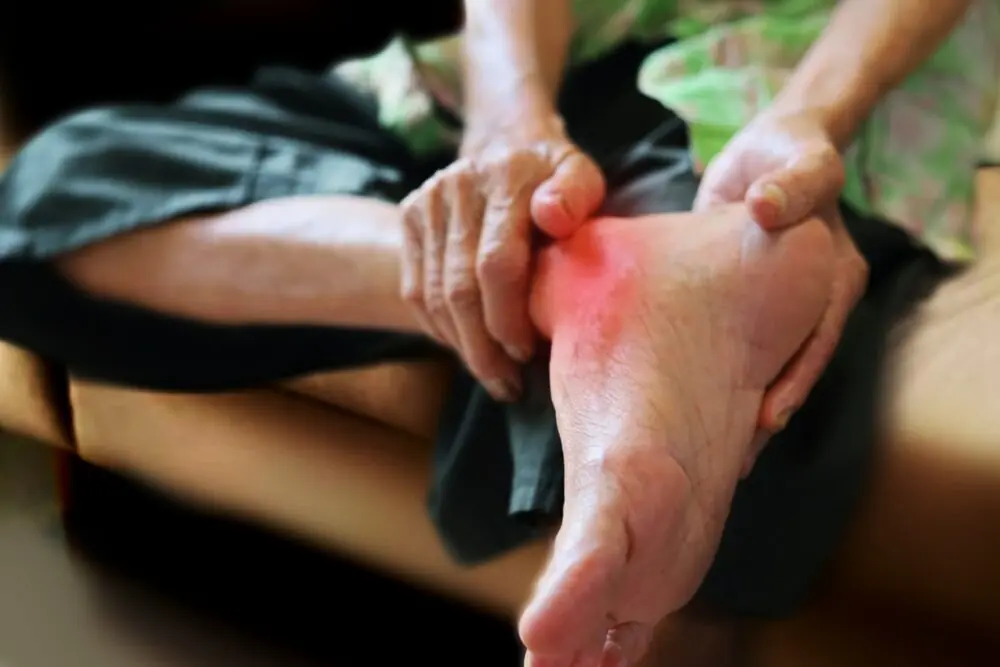
The Natural Secret Doctors Never Tell You That Melts Away Uric Acid Fast

9 Convincing Reasons to Consume More Dates

Two handfuls of peanuts daily boost memory in 4 months

Prunes and bone health: surprising benefits beyond constipation relief
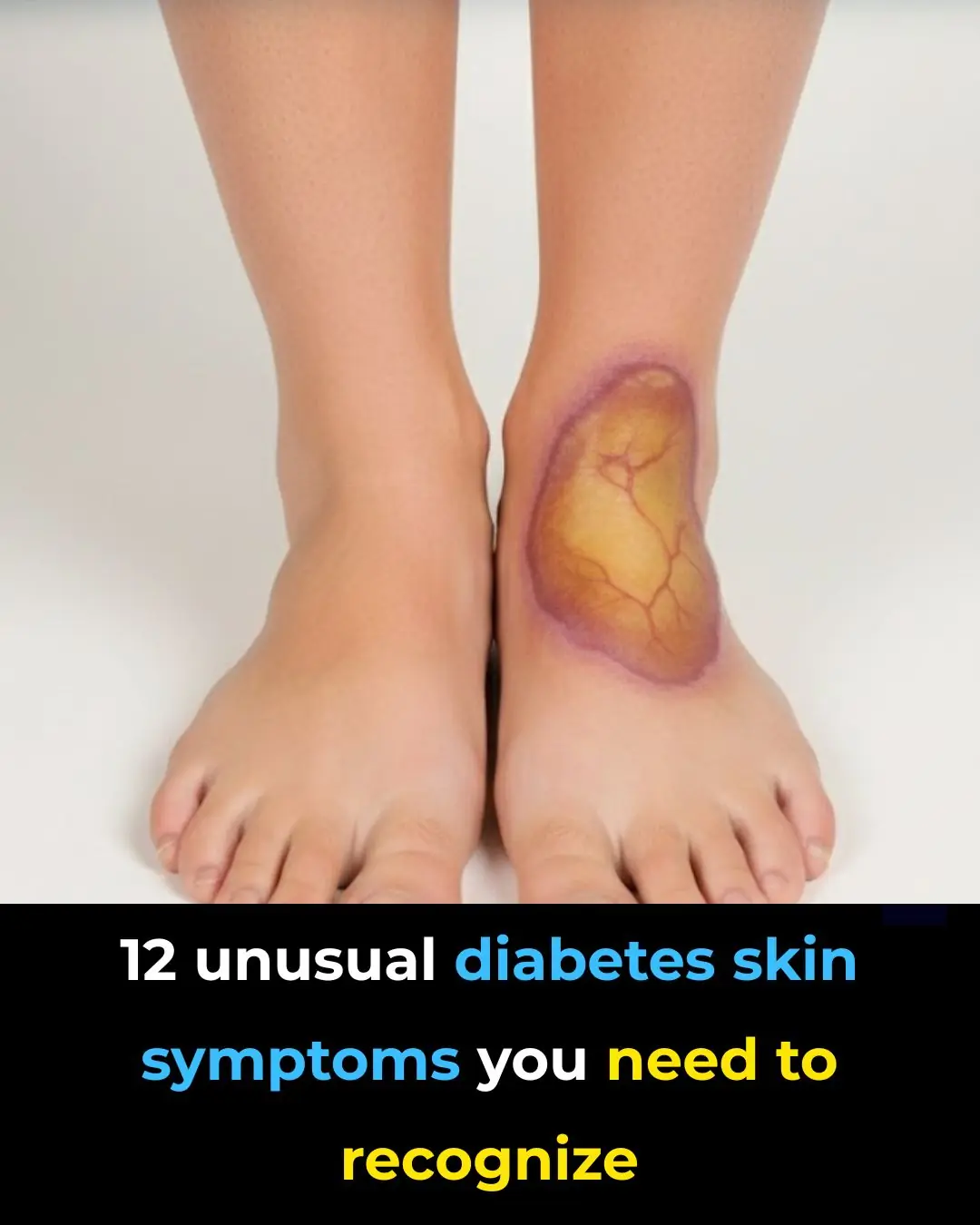
12 Weird Diabetes Skin Problems You Need To Know

High Cholesterol: Causes, Risks, and Natural Ways to Lower It
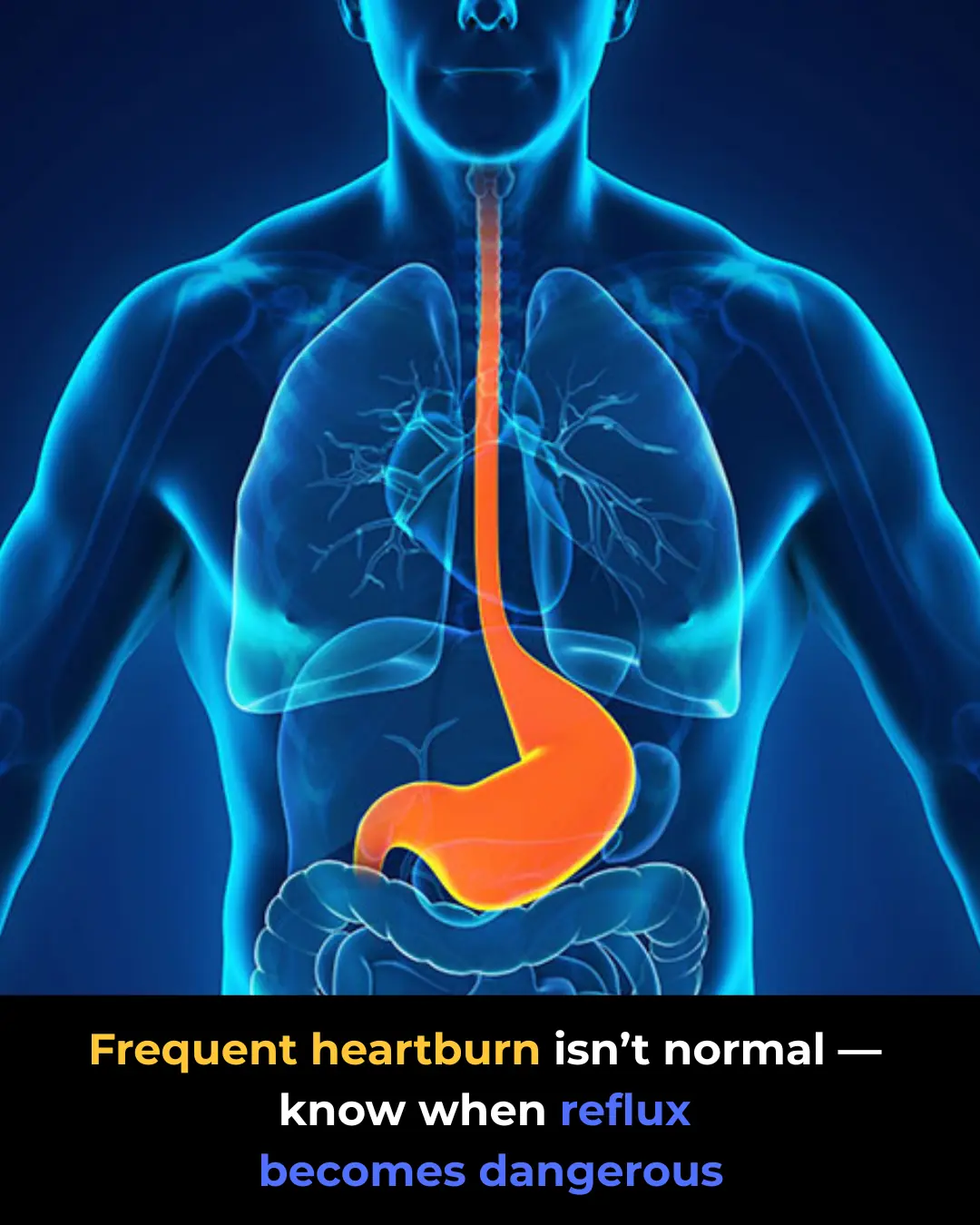
Acid Reflux (GERD): When Should You See a Doctor?

Hypothyroidism: The Silent Condition With Easily Overlooked Symptoms

3 pain areas on your body that might be early cancer warning signs

A New Era of Near Vision Clarity Through VIZZ Eye Drops

Vaping harms your heart more than you realize

Ever Wake Up But Can’t Move
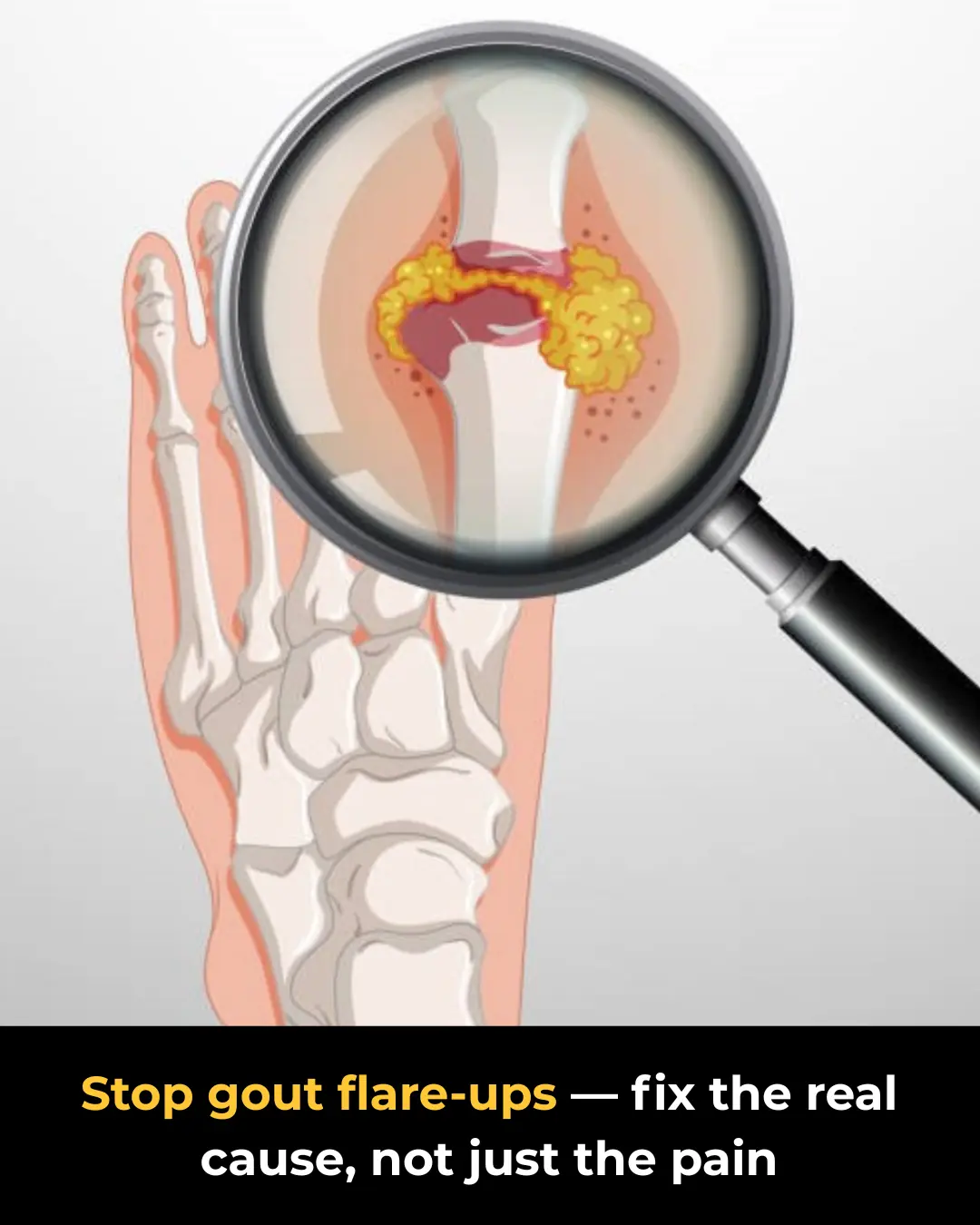
Gout Disease: The Untold Truth and 5 Common Treatment Mistakes
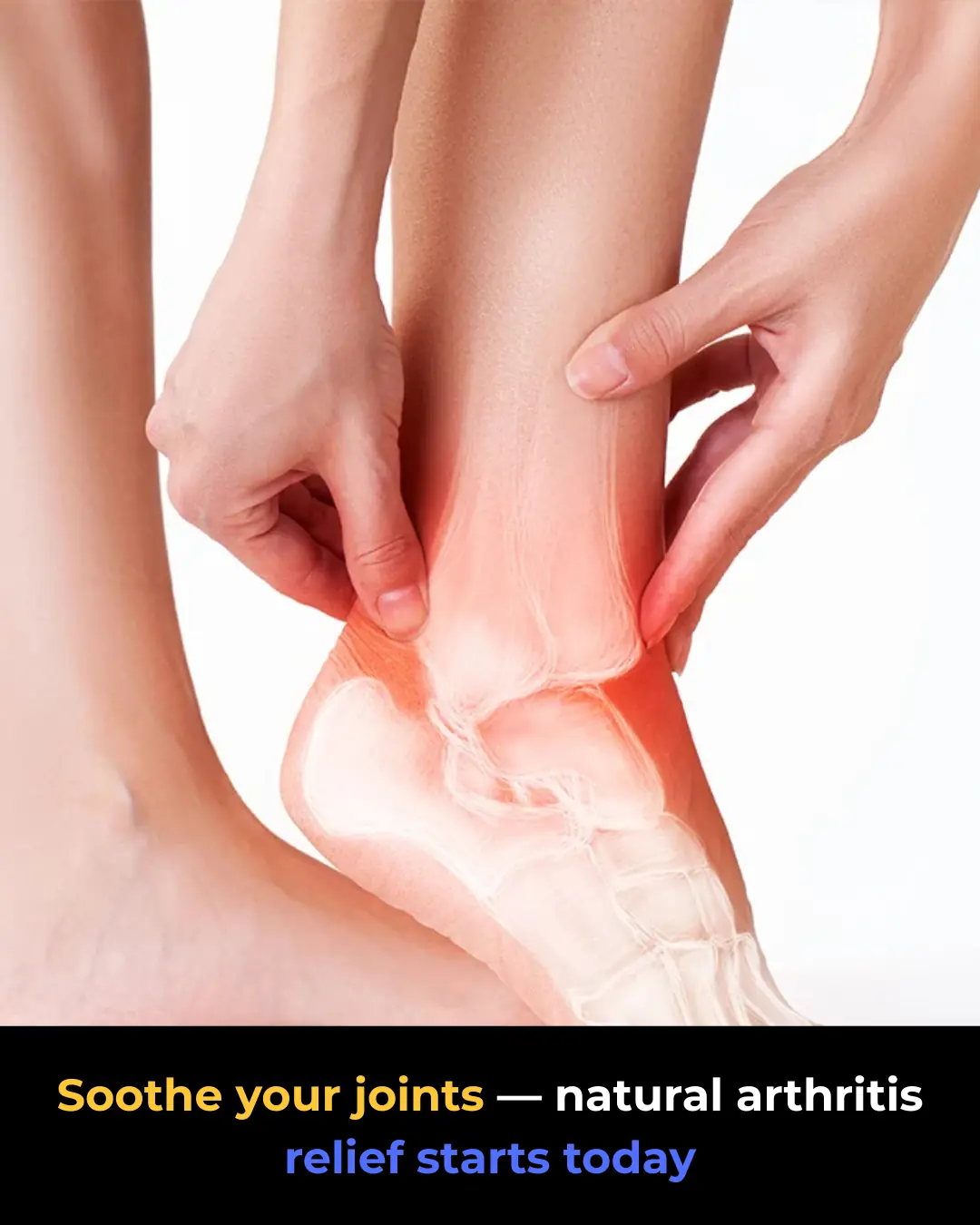
Arthritis Explained: Types, Causes, and Natural Pain Relief Methods
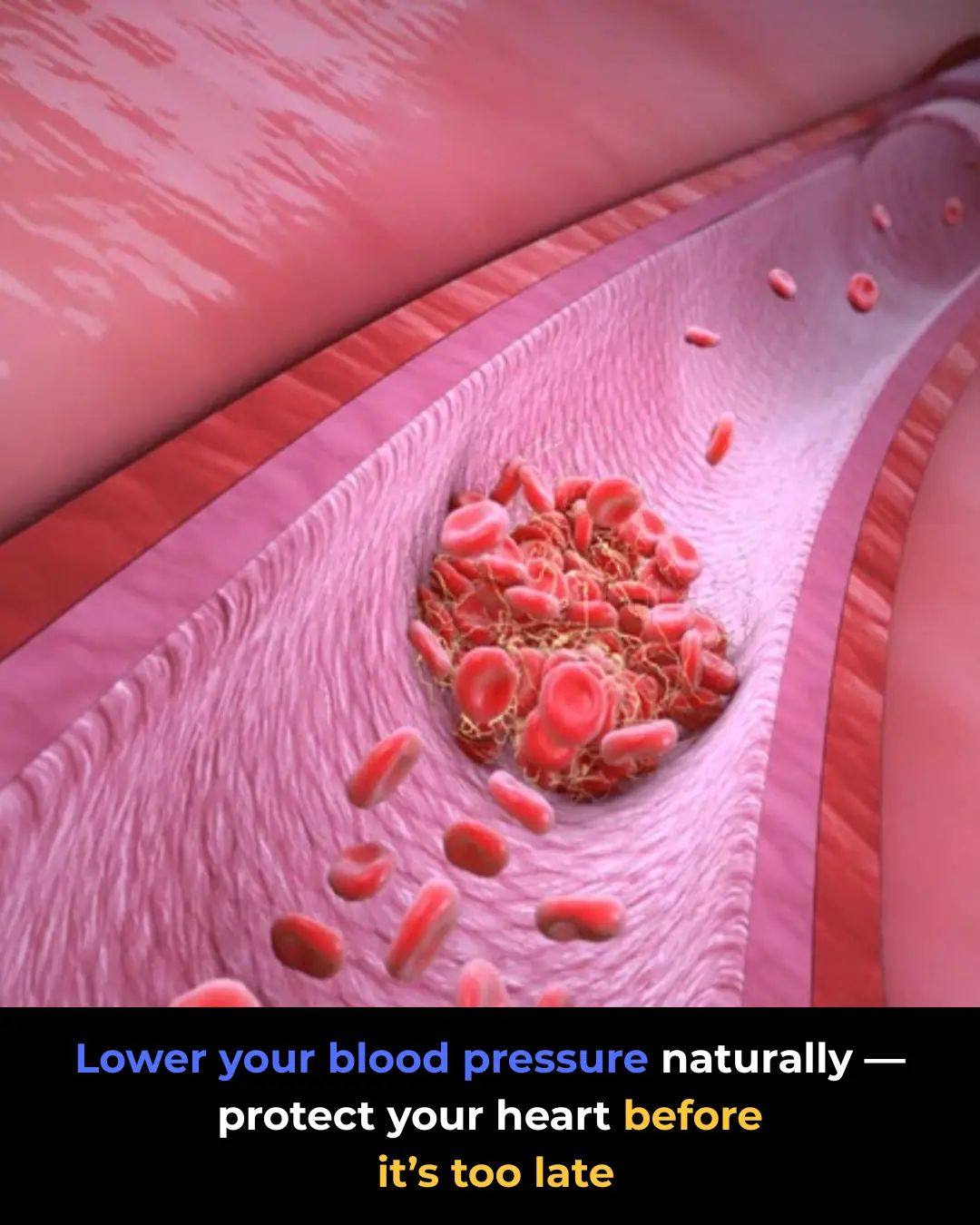
High Blood Pressure: Why It’s Dangerous and How to Stabilize It Naturally
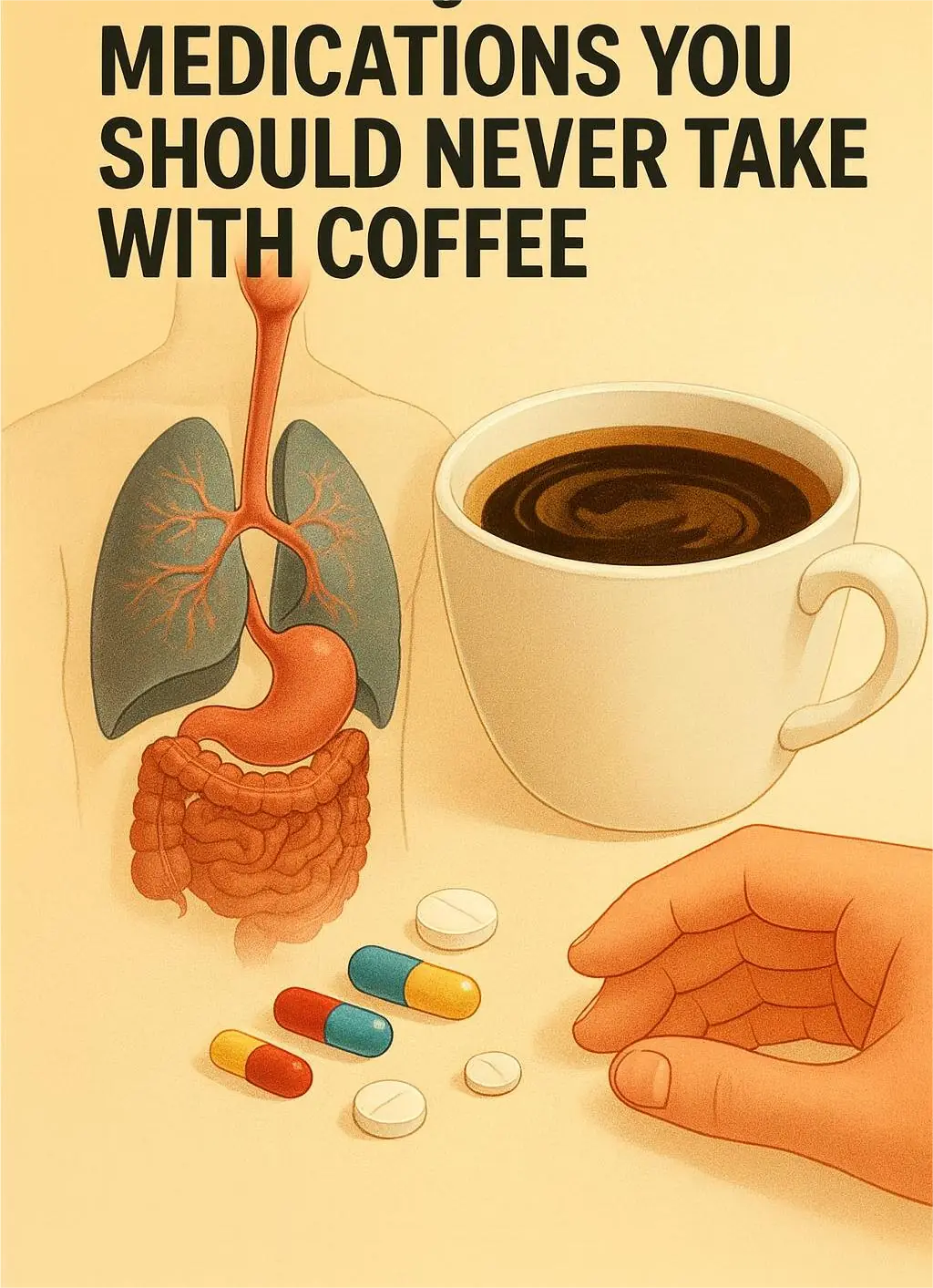
MEDICATIONS YOU SHOULD NEVER TAKE WITH COFFEE

10 Best Foods to Detox Your Kidneys and Protect Renal Health
News Post

A Nearby Earth-Sized World Raising New Hopes for Habitability

How Finnish Forest Kindergartens Let Kids Thrive in Any Weather

Taiwan Researchers Develop Promising Hair-Regrowth Serum With Dramatic Lab Result

Pick the Breakfast You’d Eat

What Happens to Your Body When You Eat Canned Tuna Every Day

Why Some Children Don’t Visit Their Parents Often

The Hidden Fish Puzzle That’s Stumping the Internet

So this is what it does, here is the answer

The Hidden Details in Women’s Underwear — And What They Really Mean

Experts reveal that eating bananas in the morning cause

Why Cutting Your Own Hair Is About More Than Just Saving Money

Why Are Tree Trunks Painted White

Penguins Reject Cheaper Fish as Japanese Aquarium Tries to Cut Costs

I Thought I Found Insect Eggs Under My Bed

This is the correct way to wash grapes; washing them wrong can make them even dirtier

Emirates Airlines: A Legacy of Unmatched Safety and Reliability in Aviation

Dragon Bravo Fire: Arizona's Megafire Threatens the Grand Canyon and Beyond

The zodiac signs with a supernatural sixth sense… See now

Mussel Beds: New Zealand's Natural Solution for Ocean Health and Sustainability
